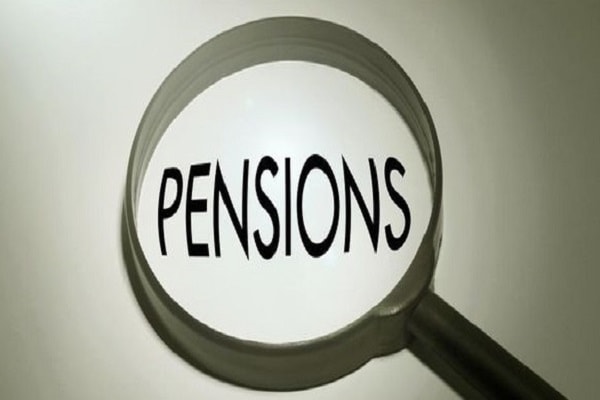The Pension Fund Regulatory and Development Authority (PFRDA) have changed the norms for withdrawal of National Pension System (NPS) subscribers. Keeping in view the possibility of sudden financial needs of the subscribers, the requirement of minimum period under National Pension System (NPS) for availing the facility of partial withdrawal from the mandatory Tier-I account of the subscriber has been reduced from 10 years to 3 years from the date of joining w.e.f. 10th August, 2017. The minimum gap of 5 years between two partial withdrawals has also been removed w.e.f. 10th August, 2017. A subscriber is eligible for three partial withdrawals during the period of subscription under NPS, each withdrawal not exceeding twenty-five percent of the contributions made by the subscriber and excluding contributions made by the employer. There is, however, no restriction on withdrawals from the Tier-II account of the subscriber.
(Also read: Live Electronic Exchange of data between Courts and Police)
The extent and purpose for which partial withdrawals from the Tier-I account under NPS are permissible are as under:
A. Purpose:
i. for higher education and marriage of his or her children including a legally adopted child;
ii. for the purchase or construction of a residential house or flat in his or her own name or in a joint name with his or her legally wedded spouse. In case, the subscriber already owns either individually or in the joint name a residential house or flat, other than ancestral property, no withdrawal under these regulations shall be permitted;
iii. for treatment of specified illnesses: if the subscriber, his legally wedded spouse, children, including a legally adopted child or dependent parents suffer from any specified illness, which shall comprise of hospitalization and treatment in respect of the following diseases:
(a) Cancer;
(b) Kidney Failure (End Stage Renal Failure);
(c) Primary Pulmonary Arterial Hypertension;
(d) Multiple Sclerosis;
(e) Major Organ Transplant
(f) Coronary Artery Bypass Graft;
(g) Aorta Graft Surgery;
(h) Heart Valve Surgery;
(i) Stroke;
(j) Myocardial Infarction;
(k) Coma;
(l) Total blindness;
(m) Paralysis;
(n) Accident of serious/ life threatening nature.
(o) Any other critical illness of a life threatening nature as stipulated in the circulars, guidelines or notifications issued by the Authority from time to time.
iv. Towards meeting the expenses by subscriber for skill development/re-skilling or for any other self-development activities.
v. Towards meeting the expenses by subscriber for establishment of own venture or any start-ups.
vi. To meet medical & incidental expenses arranging out of disability or incapacitation suffered.
(Also read: India Post started Internet Banking service, know how to register yourself)
B. Limits:
i. The subscriber should have been in the National Pension System at least for a period of three years from the date of his or her joining;
ii. The subscriber shall be permitted to withdraw accumulations not exceeding twenty-five per cent of the contributions made by him or her and standing to his or her credit in his or her individual pension account, as on the date of application for withdrawal;
C. Frequency:
The subscriber shall be allowed to make partial withdrawals for a maximum of three times during the entire tenure of subscription under the NPS. There is, however, no minimum time gap now stipulated between two partial withdrawals.
This was stated by Shri Ship Pratap Shukla, Minister of State for Finance in a written reply to a question in Lok Sabha on December 21, 2018.
(Also read: Law to check scams in Banks)
(Also read: CCTV Cameras in Trains and Railway Stations)
(Also read: Water ATM, Toilets, Tea and Coffee Machine etc Services on National Highways)
(Also read: Ministry of Road Transport and Highways reiterates rules for Black Film and Bumper Guard on Cars)
Disclaimer: The above post includes some content used from PIB India website and executed on this website for fair use only. As this website is of educational nature, hence the content is used for education and awareness to the public.

